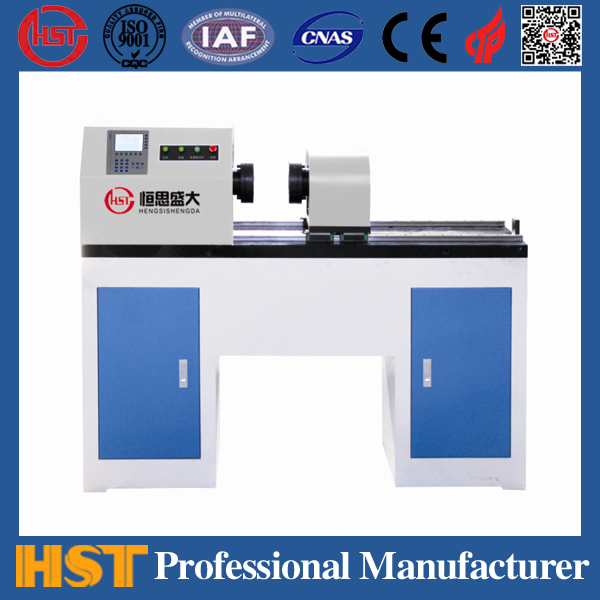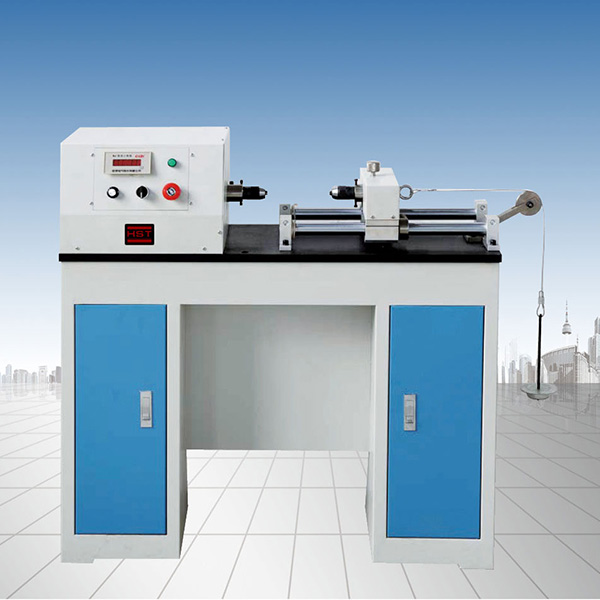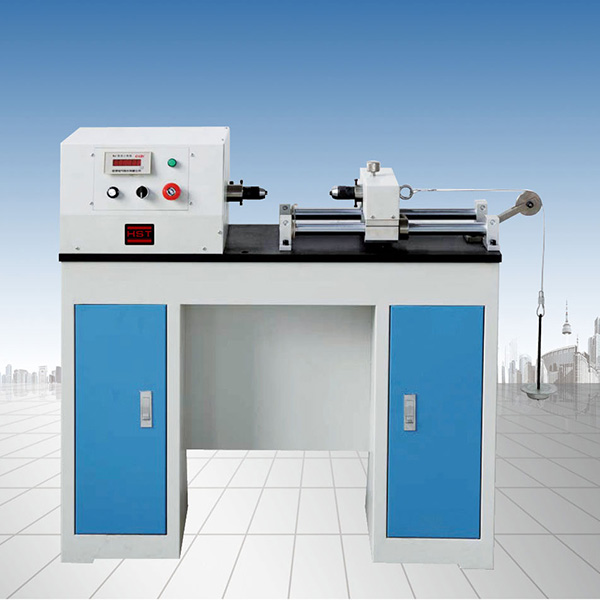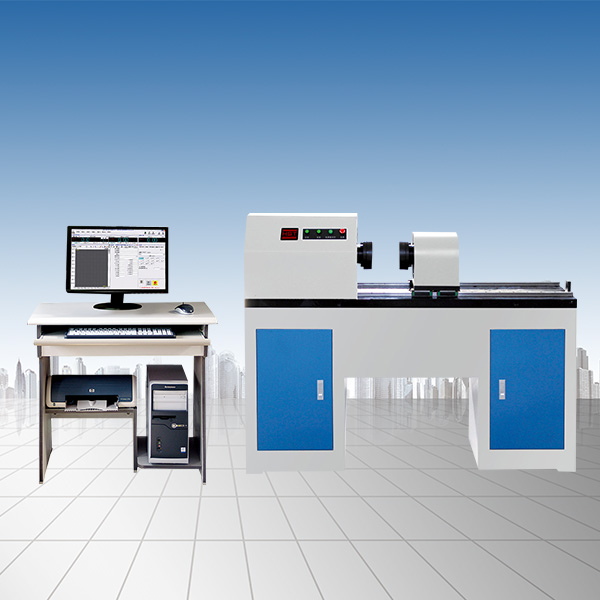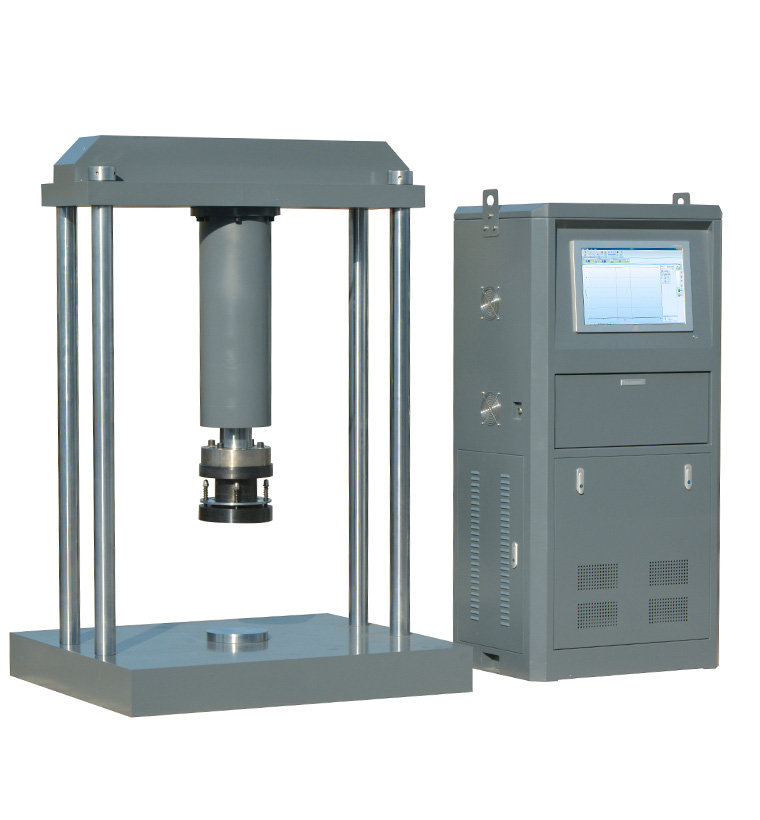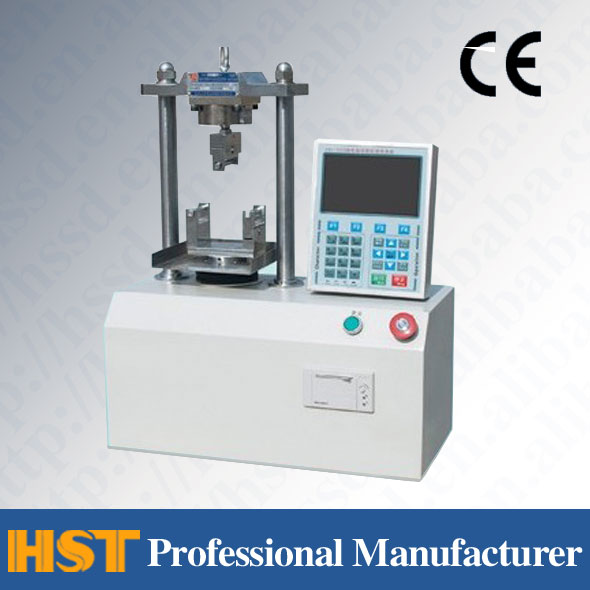Company News
6 key points of operation of the test machine
Release time:2018-11-23 source:Jinan Hengsi Shanda Instrument Co., Ltd. Browse:
forTesting machineThere have been many descriptions of the operation of the test machine. The following 6 operations are 6 important steps in the operation of any kind of test machine for customers to understand.
(1) Regarding the selection and installation of clamps: Select V-shaped clamps for round samples, and select flat clamps for flat samples. When the sample size is at the critical size of the clamp, try to choose the smaller one. For example, the V-shaped clamps of SHT4305 include Φ15-Φ30, Φ30-Φ45, and Φ45-Φ60. If the sample size is Φ30, try to choose Φ15-Φ30 clamps.
When installing the clamping block, do not start the oil pump motor and leave the machine in a power-off state. Push the clamp into the dovetail groove of the lining plate, and the chamfered side of the clamp follows the direction of the pressure being applied to the sample. Lock the small baffles on both sides of the lining plate to prevent the clamps from deviating.
(2) About the startup sequence: The machine can only run when the test software is fully started and enters the online state (the oil pump can start). Therefore, before conducting a test machine, the measurement system must be started first, and the startup sequence is: monitor → printer → computer → industrial control machine → start the test software → hydraulic source.
(3) AboutTesting machineSample mounting: The sample is clamped, the circular sample is clamped in the middle of the V-shaped clamp, and the flat sample must be perpendicular to the clamp and cannot be tilted. The clamping part should be long enough, less than 3/4 of the length of the clamping block. When clamping the upper and lower chucks, it is strictly forbidden to lift and lower the cross beam.
(4) Regarding the zeroing of force value: There is a sensor bar on the main interface of the software, which is used to display the sampled data and can display the values of four sensors, namely test force, displacement, extensometer, and peak force. Generally, after clamping the test piece and clamping the extensometer, each sensor must be cleared before the test can be started. However, the zeroing of the force sensor is quite special. First, clamp the upper chuck of the stretching clamp, then adjust the lower cross beam to an appropriate position, clear the force value, and then clamp the lower chuck.
(5) Regarding switch conversion: The conversion switch on the hydraulic source panel is used to control the conversion of the oil circuit. When the test starts running, turn the switch to the "loading" level; after the test is completed, you must first remove the sample, and then switch to the "quick rewind" level to allow the piston to retreat to the end. If the piston is lowered first, the broken samples will be against each other and destroy the jaws.
(6) About extensometer: microcomputer controlHydraulic universal testing machineThere is also an important attachment, the electronic extensometer. An electronic extensometer is a sensor that senses the deformation of the specimen, and is mainly used for tests with less deformation of the specimen, such as determining the elastic modulus of the material and specifying non-proportional extension strength. If these two performance indicators are not required, an extensometer is not necessary.
Recommended productsPRODUCTS


















